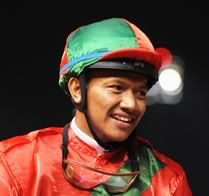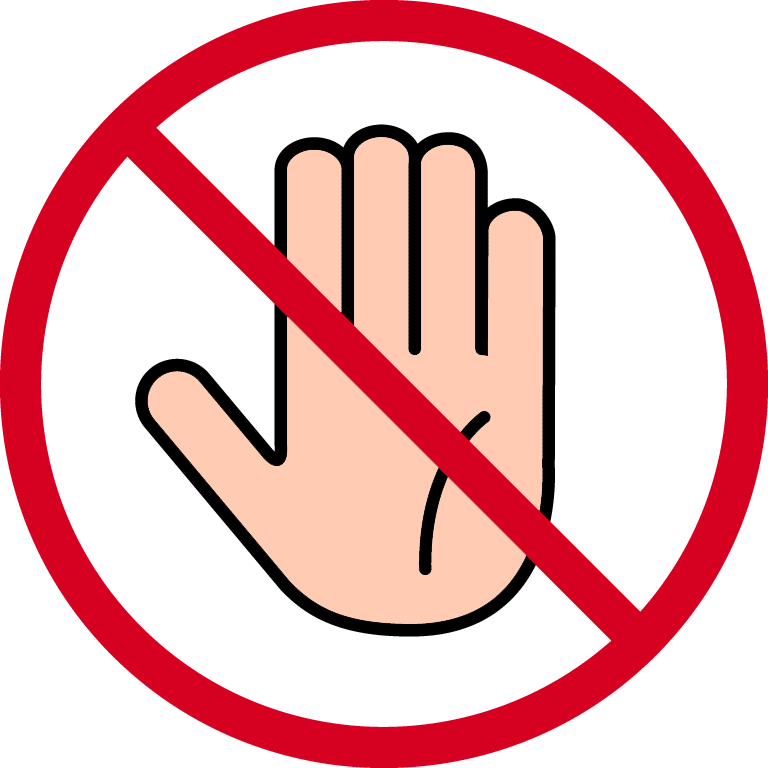*Gold Member*

Posts: 21530
Liked By: 1
Joined: 27 Nov 06



Tipsters
Championship:
Player
has
not started
|
Warmbloods
Main article: Warmblood
A modern "Warmblood" horse is large, but agile and athleticThe term "warmblood" has two different meanings today; the more common modern meaning refers to a specific subset of horse breeds, and the other, older meaning refers simply to horses of a moderate temperament. The term "warm blood," up through approximately the 1970s, originally referred to any cross of "cold blooded" draft horses on "hot blooded" Thoroughbreds or Arabians. Examples included breeds such as the Irish Draught horse or the Cleveland Bay, and sometimes also referred to the "Baroque horses" used for classical dressage, such as the Lipizzan or Andalusian. Sometimes the term was even used to refer to breeds of light riding horse other than Thoroughbreds or Arabians, such as the Morgan horse.[57]
Today the term "warmblood" usually refers to a group of sport horse breeds that have dominated the Olympic Games and World Equestrian Games in Dressage and Show Jumping since the 1950s. The "Warmblood" breeds began when European carriage and war horses were crossed with oriental horses or Thoroughbreds, producing a tall riding horse with more refinement than a draft horse, but greater size and more phlegmatic temperament than a lighter breed. Certain pony breeds with warmblood characteristics have been developed for smaller riders.[citation needed]
Breeds
Main articles: List of horse breeds, Horse breeding, and Selective breeding
Horse breeds are groups of horses with distinctive characteristics, such as conformation, color, performance, intelligence or disposition, that are transmitted consistently to their offspring. These inherited traits are usually the result of a combination of natural crosses and artificial selection methods aimed at developing horses for specific tasks. Certain breeds are known for certain talents, for example, Standardbreds are known for their speed in harness. Some breeds have been developed through centuries of crossings with other breeds, while others such as Tennessee Walking Horses and Morgans developed from a single sire with a tremendous influence. There are more than 300 horse breeds in the world today.[60]
Origin of horse breeds
See also: Domestication of the horse
Different schools of thought exist to explain how this range of size and shape came about. One school, which some refer to as the "Four Foundations", (see Domestication and surviving wild species, below), suggests that the modern horse evolved from multiple types of early wild pony and horse prototypes, each adapted to a given habitat, and the differences between these types account for some of the differences in type of the modern breeds. A second school - the "Single Foundation" - holds only one type of wild horse underwent domestication, and it diverged in form after domestication through human selective breeding (or in the case of feral horses, through ecological pressures). This question will most likely only be resolved once geneticists have finished evaluating the horse genome, analyzing DNA and mitochondrial DNA to construct family trees.[citation needed]
In either case, modern horse breeds developed in response to the need for "form to function"; that is, the necessity to develop certain physical characteristics necessary to perform a certain type of work. Thus, light, refined horses such as the Arabian horse or the Akhal-Teke developed in dry climates to be fast and with great endurance over long distances, while heavy draft horse such as the Belgian developed out of a need to pull plows and perform other farm work. Ponies of all breeds developed out of a dual need to create mounts suitable for children as well as for work in small places like mine shafts or in areas where there was insufficient forage to support larger draft animals. In between these extremes, horses were bred to be particularly suitable for tasks that included pulling carriages, carrying heavily-armored knights, jumping, racing, herding other animals, and packing supplies.[citation needed]
Purebreds and registries
Main articles: Breed registry, Purebred, and Pedigree
Selective breeding of horses has occurred as long as humans have domesticated them. However, the concept of purebred bloodstock and a controlled breed registry has only gained wide importance in modern times. Sometimes purebreds are incorrectly termed Thoroughbreds, which is incorrect. A "Thoroughbred" is a specific breed of horse, while a "purebred" is a horse (or any other animal) with a defined pedigree recognized by a breed registry.[61]
The Bedouin people had a reputation for breeding their prize Arabian mares to only the most worthy stallions, and kept extensive pedigrees of their "asil" (purebred) horses.[62] Though these pedigrees were originally transmitted via an oral tradition, written pedigrees of Arabian horses can be found that date to the 14th century.[63] In the same period of the early Renaissance, the Carthusian monks of southern Spain bred horses and kept meticulous pedigrees of the best bloodstock; the lineage survives to this day in the Andalusian horse.[64] One of the earliest formal registries was General Stud Book for Thoroughbreds, which was begun in 1791 and traced back to the Arabian stallions imported to England from the Middle East to become the foundation stallions for the breed.[65]
The modern landscape of breed designation presents a complicated picture. Some breeds have closed studbooks. For example, a registered Thoroughbred or Arabian must have two registered parents of the same breed, and no other criteria for registration apply.[66][67] Other breeds tolerate limited infusions from other breeds; for example, the modern Appaloosa must have at least one Appaloosa parent but may also have a Quarter Horse, Thoroughbred, or Arabian parent and must also exhibit spotted coloration to gain full registration.[68] The Quarter Horse normally requires both parents to be registered Quarter Horses, but allows "Appendix" registration of horses with one Thoroughbred parent, and the horse may earn its way to full registration by completing certain performance requirements.[69]
Still other breeds, such as most of the warmblood sport horses, require individual judging of an individual animal's quality and conformation before registration or breeding approval, but also allow outside bloodlines in if the horses meet the standard.[70] A few "registries," particularly some color breed registries, will allow membership of any horse that meets a certain criteria, such as coat color, regardless of pedigree or conformation.[71] Breed registries also differ as to their acceptance or rejection of breeding technology. For example, all Jockey Club Thoroughbred registries require that a registered Thoroughbred be a product of a natural mating (live cover in horse parlance). A foal born of two Thoroughbred parents, but by means of artificial insemination or embryo transfer is barred from the Thoroughbred studbook. Any Thoroughbred bred outside of these constraints can, however, become part of the Performance Horse Registry.[66] On the other hand, since the advent of DNA testing to verify parentage, most breed registries now allow artificial insemination (AI), embryo transfer (ET), or both. The high value of stallions has helped with the acceptance of these techniques because they allow a stallion to breed more mares with each "collection," and take away the risk of injury during mating.[72] However, cloning of horses is highly controversial, and at the present time many mainstream breed registries will not accept cloned horses, though several cloned horses and mules have been produced.[73]
Regional specialization
Some countries specialize in breeding horses suitable for particular activities. For example, Australia, the United States, and the Patagonia region of South America are known for breeding horses particularly suitable for working cattle and other livestock.[citation needed] Ireland is recognized for breeding hunters and jumpers.[citation needed] Spain and Portugal are known for the Iberian horse breeds used in high school dressage and bullfighting.[74] Austria is known worldwide for its Lipizzaner horses, used for dressage and high school work in the famous Spanish Riding School in Vienna.[75] The United Kingdom breeds an array of heavy draft horses and several breeds of hardy ponies.[citation needed] Russia takes great pride in breeding harness racing horses, a tradition dating back to the development of the Orlov Trotter in the 18th century.[76]
To get what you have never had. You must do what you have never done. Aaron spiteri
GOLDEN RULE
1. NEVER BORROW MONEY TO BET
2. SET A LIMIT
3. THERE'LL ALWAYS ANOTHER RACE DAY
|








 This Discussion has been locked.
This Discussion has been locked.  This Discussion has been locked.
This Discussion has been locked. 

